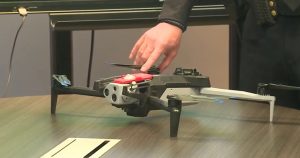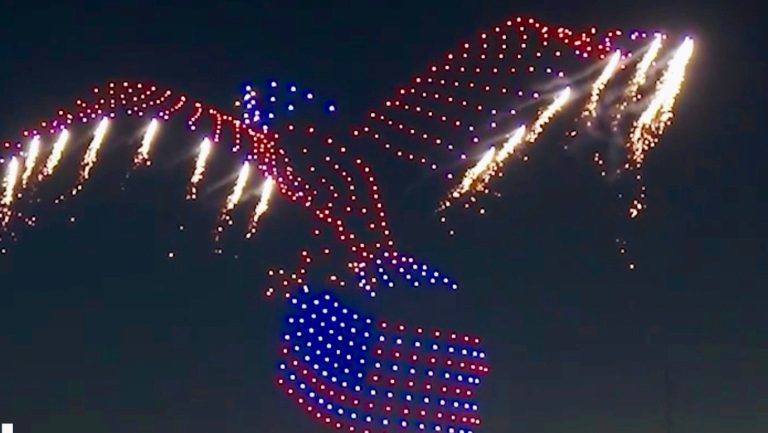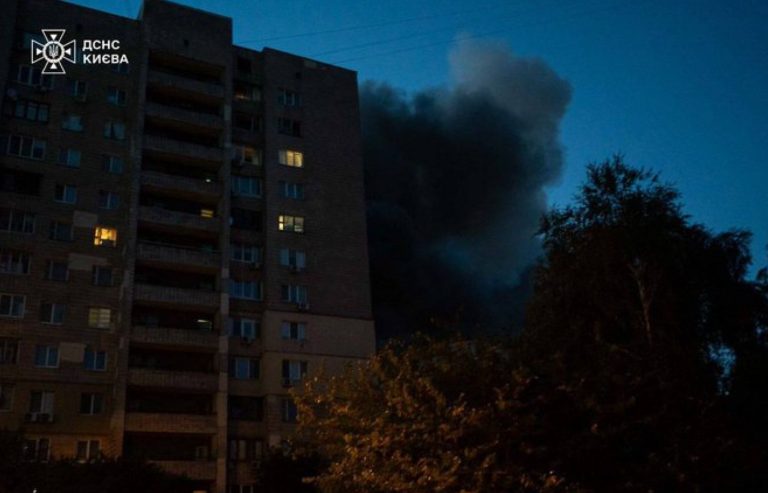Welcome to your weekly UAS news update. We have three stories for you this week: DJI unveils the new Matrice 400, Altitude Angel secures a US patent, and the National Fire Academy hosts a train-the-trainer course for local fire officials. Let’s dive in.
DJI Unveils the Matrice 400
DJI has announced its latest enterprise drone, the Matrice 400, boasting up to 59 minutes of forward flight time and 53 minutes of hovering time with an H30T. The Matrice 400 can carry a 13.2-pound payload and has an IP55 rating. It operates in temperatures from -4°F to 122°F, making it suitable for extreme environments like Phoenix in summer.
Equipped with LiDAR, a millimeter-wave radar, and a full-color low-light fisheye sensor, the Matrice 400 navigates challenging environments and detects small objects, such as high-voltage power lines, in low-light conditions. Its video transmission is enhanced with the O4 enterprise enhanced system, supporting a range of up to 24.9 miles (with a waiver in the US). The drone features a 10-antenna design and an optional built-in relay module to extend range using another Matrice 400.
The Matrice 400 has four E-Port V2 ports, supporting up to seven simultaneous payloads, including the Zenmuse H30 series, L2 for LiDAR mapping, and P1 for photogrammetry. It’s available in the US, with the platform priced around $10,000 without payloads.

Altitude Angel Secures US Patent for Arrow System
Altitude Angel, known for its unmanned traffic management (UTM) system, has secured a US patent for its Arrow system, a ground-based detect-and-avoid solution. Arrow uses a network of ground sensors, such as radio frequency detectors and high-resolution cameras, to monitor airspace. Its software fuses data to create a real-time picture of airborne activity.
This system enables drones to fly beyond visual line of sight without costly onboard sensors, potentially reducing costs by up to 50%. Arrow powered the UK’s Project Skyway, operating in a 165-mile corridor and demonstrating “separation as a service” for safe airspace sharing among multiple drone operators. Access to this technology is not free, with costs depending on the area and traffic volume, though specific pricing is not publicly available.
In the US, this system is likely to benefit drone delivery companies. However, airspace access must remain free in the United States and globally. We’ll monitor developments to ensure local governments and landowners do not charge for public airspace access, preserving free drone operation.
National Fire Academy Hosts Train-the-Trainer Program
The National Fire Academy is hosting a two-week train-the-trainer program for state, local, and tribal fire service professionals. Previously restricted to federal personnel, this program now welcomes program managers and state fire leads to learn about teaching Wildfire operations, mission planning, NIST, law enforcement responses, Search and Rescue, and more.
Public safety professionals are encouraged to explore this opportunity—check the link in the description. Congratulations to everyone involved in launching this program, a significant achievement requiring substantial effort.
Upcoming on Postflight
This week on Postflight, we’ll discuss White House executive orders and Walmart‘s expansion of drone delivery operations. Join us Monday for the live session and Postflight in the premium community. Stay updated with the news, especially on innovations like the Matrice 400 pushing limits with the H30T and LiDAR.
Discover more from DroneXL.co
Subscribe to get the latest posts sent to your email.





















+ There are no comments
Add yours